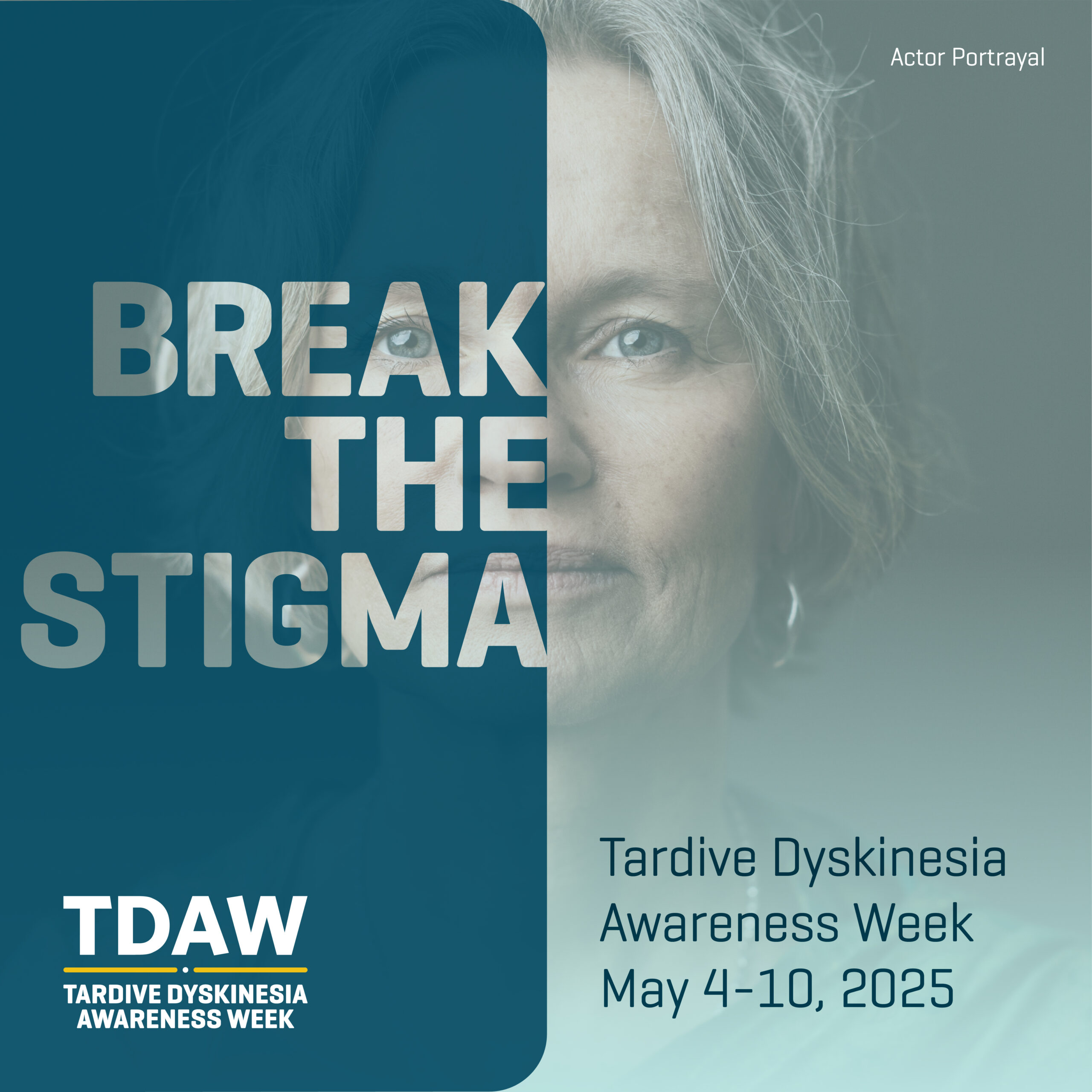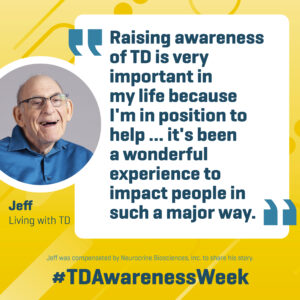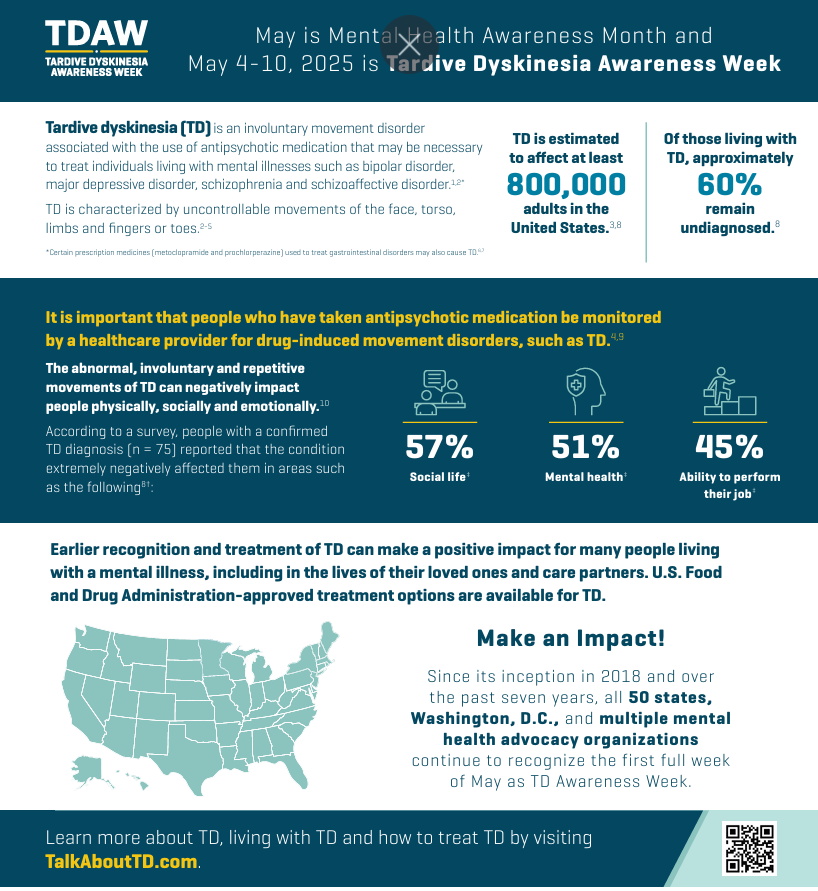Tardive dyskinesia (TD) is a movement disorder that causes a range of repetitive muscle movements in the face, neck, arms and legs. TD symptoms are beyond a person’s control. These symptoms can make routine physical functioning difficult, significantly affecting quality of life.
Although sometimes associated with conditions such as schizophrenia, TD primarily occurs as a side effect of long-term use of certain medications. It can become a permanent condition even after a person stops taking the medication.
Symptoms of TD can include:
- Jerking hand and leg movements
- Neck twisting
- Difficulty swallowing
- Eye blinking and grimacing
- Lip smacking and involuntary tongue movements

TD symptoms typically occur after several years of taking antipsychotic medications, although they can emerge within just a few months. TD is also related to prolonged use of medications for nausea, and medications that treat neurological disorders, such as Parkinson’s disease.
Anyone taking an antipsychotic may develop TD, but the risk of TD can be higher for certain people:
- Older adults
- Females
- Those with a family history of TD
- Having negative symptoms of schizophrenia
- People of African descent
How Can I Manage The Risk Of Tardive Dyskinesia?
 You can help manage the risk by addressing lifestyle factors that increase the potential to develop TD. The risk of developing TD rises with smoking, substance use and also uncontrolled diabetes.
You can help manage the risk by addressing lifestyle factors that increase the potential to develop TD. The risk of developing TD rises with smoking, substance use and also uncontrolled diabetes.
Proactively taking care of your health by quitting smoking, avoiding substance use and managing blood sugar levels can be protective and reduce the risk of symptom onset.
Other steps you can take to help manage the risk include asking your health care provider for routine screening of movement symptoms. Recognizing the symptoms of TD early can help lessen their severity, so these screenings should occur every three months.
It’s important to work with your treatment team to make informed choices about medications and the best way to manage all your health conditions.
How Is Tardive Dyskinesia Treated?
If symptoms of TD develop, your health care provider will evaluate your treatment plan and medication. Your provider may choose to change your medication, or add one specifically designed to improve movement symptoms. It’s important that you don’t abruptly stop taking a medication without talking to your health care provider.
Each person responds to treatment differently, but effective options have emerged over the past several years that help relieve symptoms of TD.
Think you could have TD? Take this survey.
A special thank you to Talk About TD for all the information and graphics provided for this webpage.




